The $13.7 billion arms deal with Poland—Seoul's largest ever—is seen as a milestone in the robust development of the arms manufacturing industry, a stepping stone for South Korea to realize its ambition to rise to the top of the arms export race.
Breakthrough spectacular
Korea JoongAng Daily cited a report released by the South Korean Ministry of National Defense showing that South Korea's arms sales in 2022 increased to more than $17 billion, compared to $7.25 billion the previous year, a spike of about 240% in one year that made the country the world's eighth largest arms exporter.
Seoul and Warsaw also agreed to establish a joint venture involving defense companies from both countries, which will allow South Korean weapons to be licensed for production in Poland, opening a gateway for South Korean weapons to enter Europe. It is expected that 500 of the 820 tanks and 300 of the 672 self-propelled guns in the deal will be produced at factories in Poland, starting in 2026.
From the speed advantage...
One reason why Warsaw chose Seoul as its arms import partner was its advantage in production speed. The first batch of 10 K2 Black Panther main battle tanks and 24 K9 Thunder self-propelled guns was delivered to Poland just a few months after the agreement was signed. Five more tanks and 12 guns were delivered shortly after. By comparison, Hungary has ordered 44 Leopard tanks from Germany since 2018, and to date, none of the products in the order have been delivered to Budapest. The slow production speed of the German defense industry has led many partners to turn to South Korea as a promising option.
 |
South Korea's KF-21 Boramae multi-role stealth fighter. Photo: mods.com |
...to the advantage of compatibility
The major advantage of South Korean weapons is their compatibility with US and NATO weapons systems. This means that when purchasing weapons from Seoul, EU countries - which have traditionally relied on US weapons supplies - will basically not need to adjust or change their existing weapons systems. Thanks to that, South Korea has become the third largest arms supplier to NATO and its member countries, accounting for 4.9% of the market share, according to the Stockholm International Peace Research Institute (SIPRI). However, this figure is still far behind the first place of the US (65%) and the second place of France (8.6%).
The compatibility of South Korean defense industry products with US weapons systems is not only a deliberate choice but also a consequence of the transfer of technology to build the country's military industrial complex from its US ally.
And the plus point of K-Defense
Cost-effectiveness, short delivery times, joint production and technology transfer are some of the plus points that make Korean weapons even more attractive. According to researcher Bang Jong-goan: “Korean defense industry products have combat effectiveness equivalent to those from the US, UK, France and Germany, but the price is lower.”
For example, in cold-weather tests by the Norwegian military, an $8.5 million South Korean K2 Black Panther performed as well as a $15.3 million German Leopard 2A7 tank.
This Northeast Asian country is also the perfect testing ground for weapons. The terrain is both flat and steep, and the seasonal temperatures vary greatly between regions, from icy winters to hot summers, making South Korea's weapons production very diverse, meeting customer needs in all terrain and climate conditions.
 |
K9 Thunder self-propelled gun made in Korea. Photo: European Defence Review Magazine |
Market Sensitivity
While automobile production is continuous and adjusted to consumer demand, the production of military equipment and weapons such as tanks, fighter jets, self-propelled artillery, etc. is only carried out when there are orders. Ironically, while EU leaders are still arguing with domestic enterprises about whether the defense industry should go ahead or wait for orders before boosting production, Korean defense corporations have been actively producing to both meet Seoul's own defense requirements and expand supply to the world market.
Understanding the “pity” mentality of partners when having to spend huge amounts of money to buy weapons, Seoul has cleverly proposed to cooperate with customers to establish production facilities and transfer technology in the host country, helping them reduce their dependence on Seoul’s production capacity, reducing the burden on Korea, and on the other hand, helping Seoul’s partner countries strengthen their own defense industry production capacity. Technology sharing and defense cooperation agreements signed with India, Egypt and Türkiye mean that, in the future, Korea’s weapons production capacity will increase significantly.
Global defense spending is expected to increase amid current global tensions. Based on that, South Korea aims to capture 5% of the global arms export market share by 2027 and become the world's fourth-largest defense exporter.
Of course, South Korea is not the only player emerging in the global arms market. India, Türkiye, Japan and several other countries are also focusing on developing their defense industries to cope with the changing global security environment. To stay in the game, Seoul will need to restructure its budget allocation from systems development to technology research, diversify its products and reduce its dependence on a few large enterprises.
HA PHUONG
Source



![[Photo] Prime Minister Pham Minh Chinh chairs meeting to discuss tax solutions for Vietnam's import and export goods](https://vstatic.vietnam.vn/vietnam/resource/IMAGE/2025/4/10/19b9ed81ca2940b79fb8a0b9ccef539a)
![[Photo] Phuc Tho mulberry season – Sweet fruit from green agriculture](https://vstatic.vietnam.vn/vietnam/resource/IMAGE/2025/4/10/1710a51d63c84a5a92de1b9b4caaf3e5)



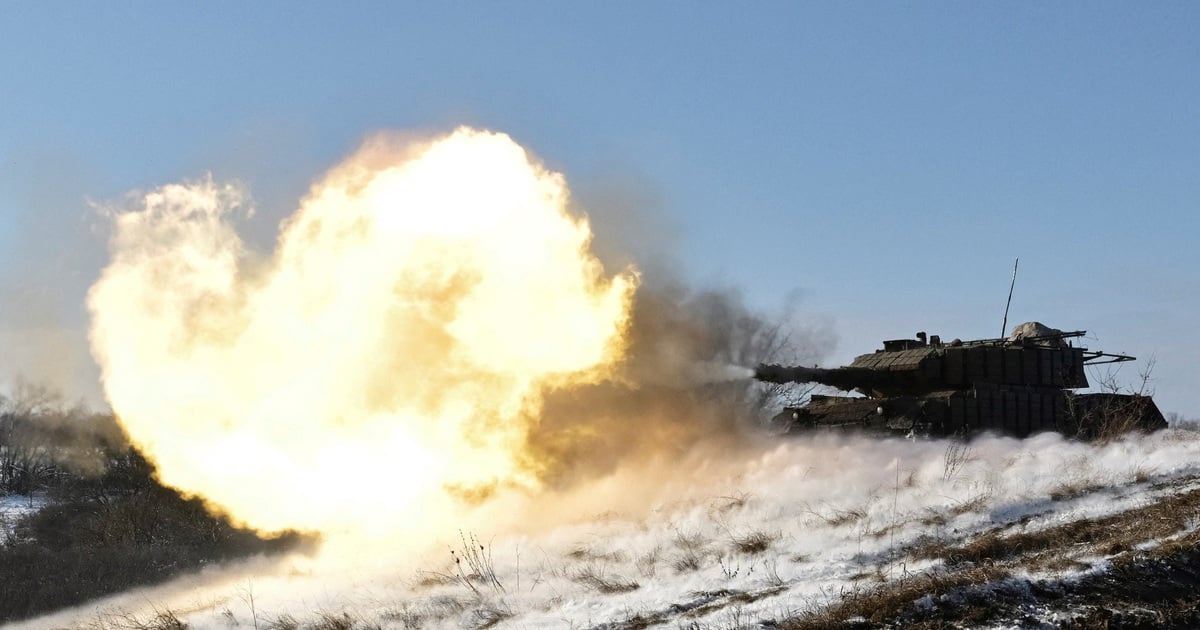

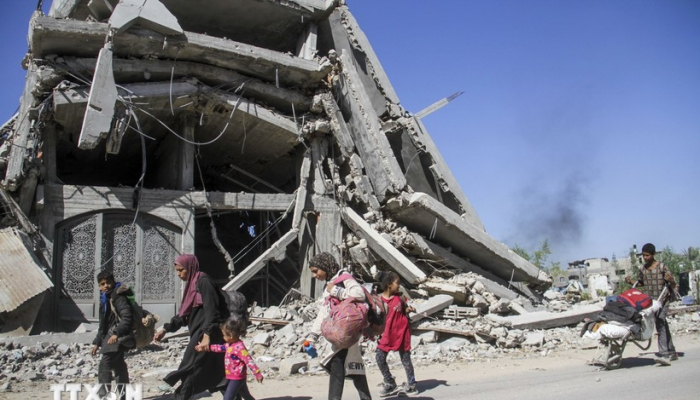

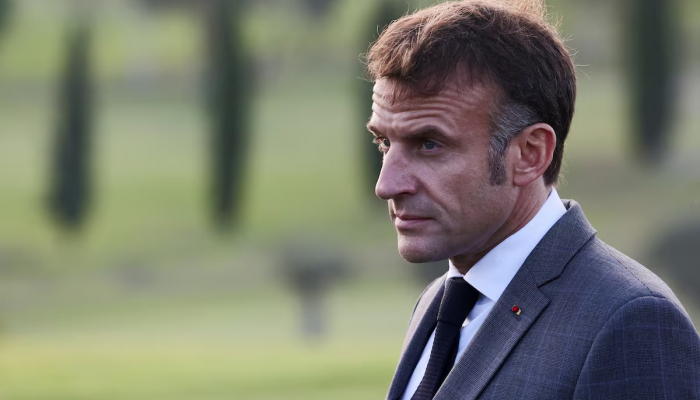
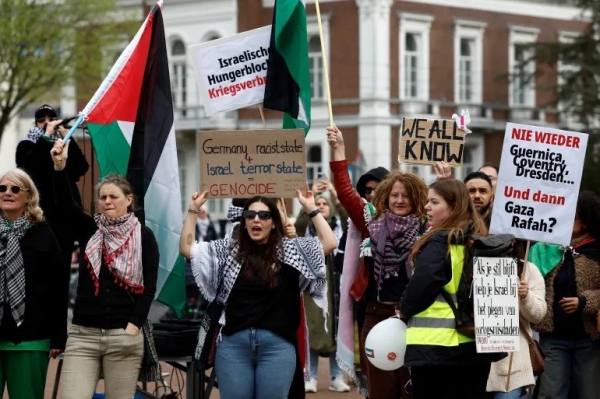

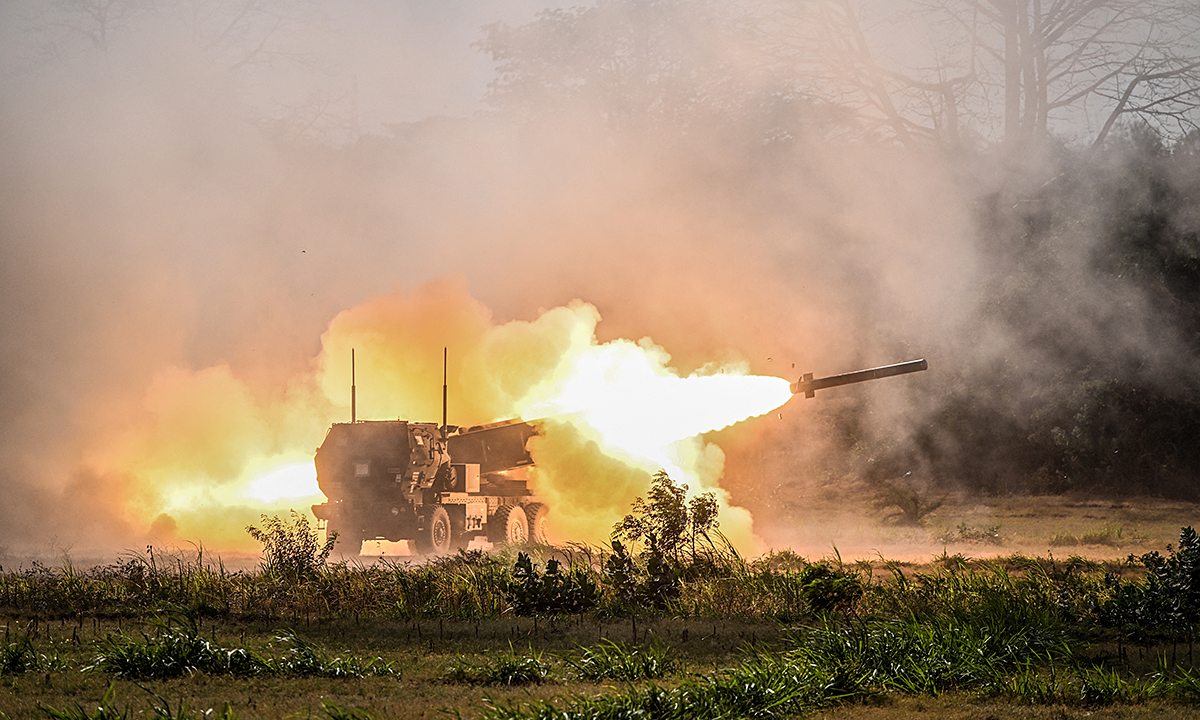

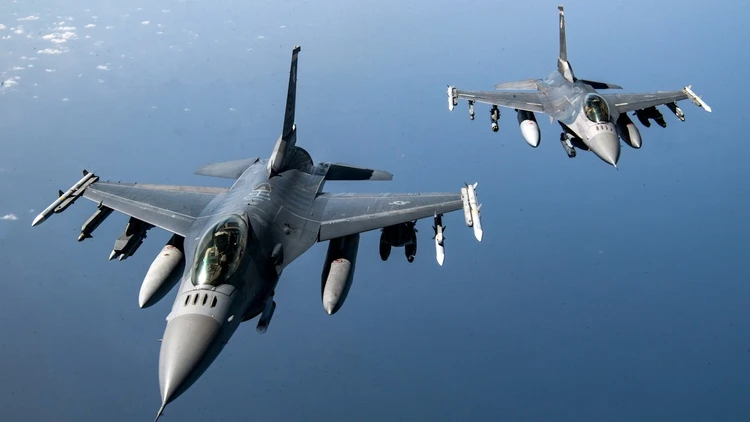

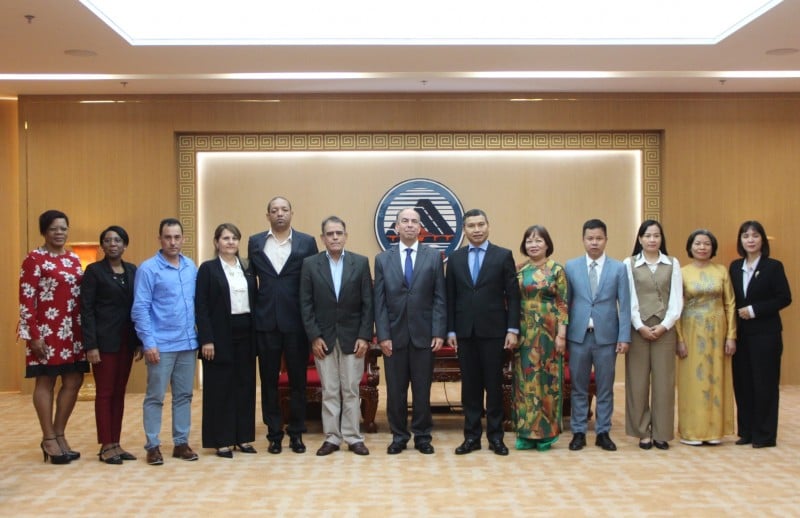
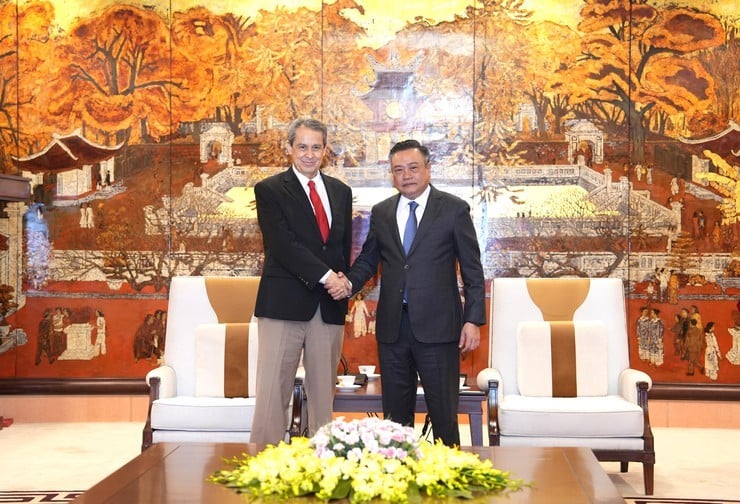
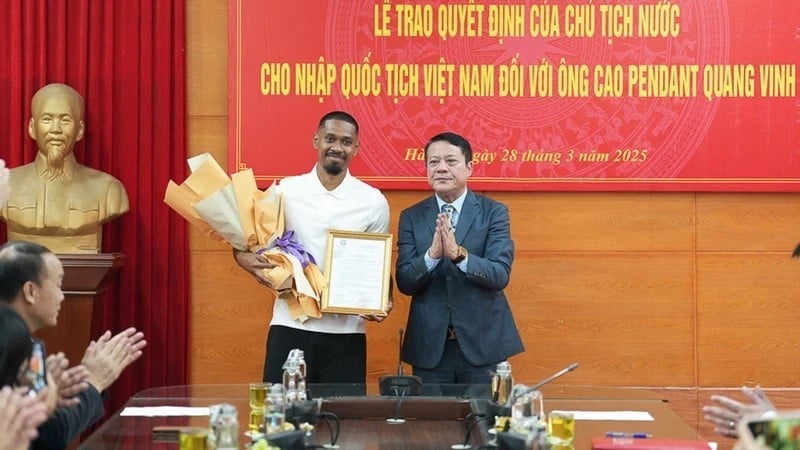
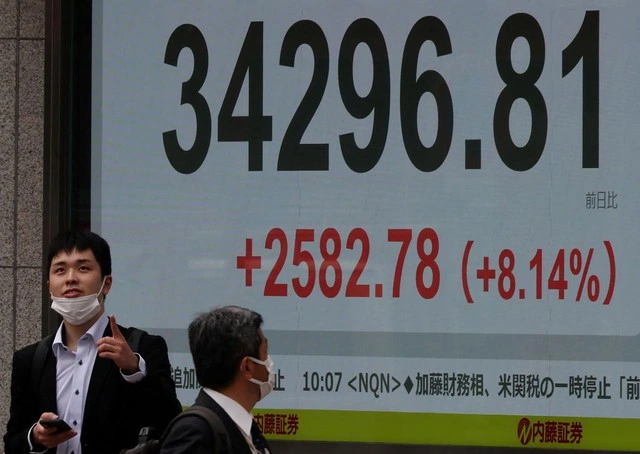
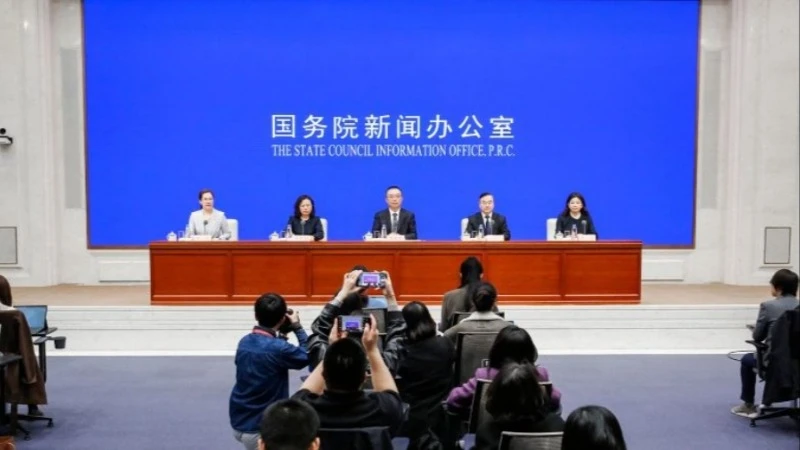
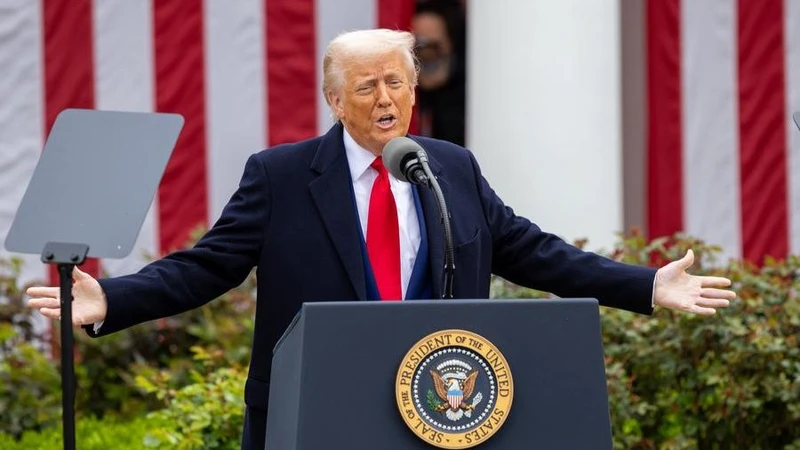





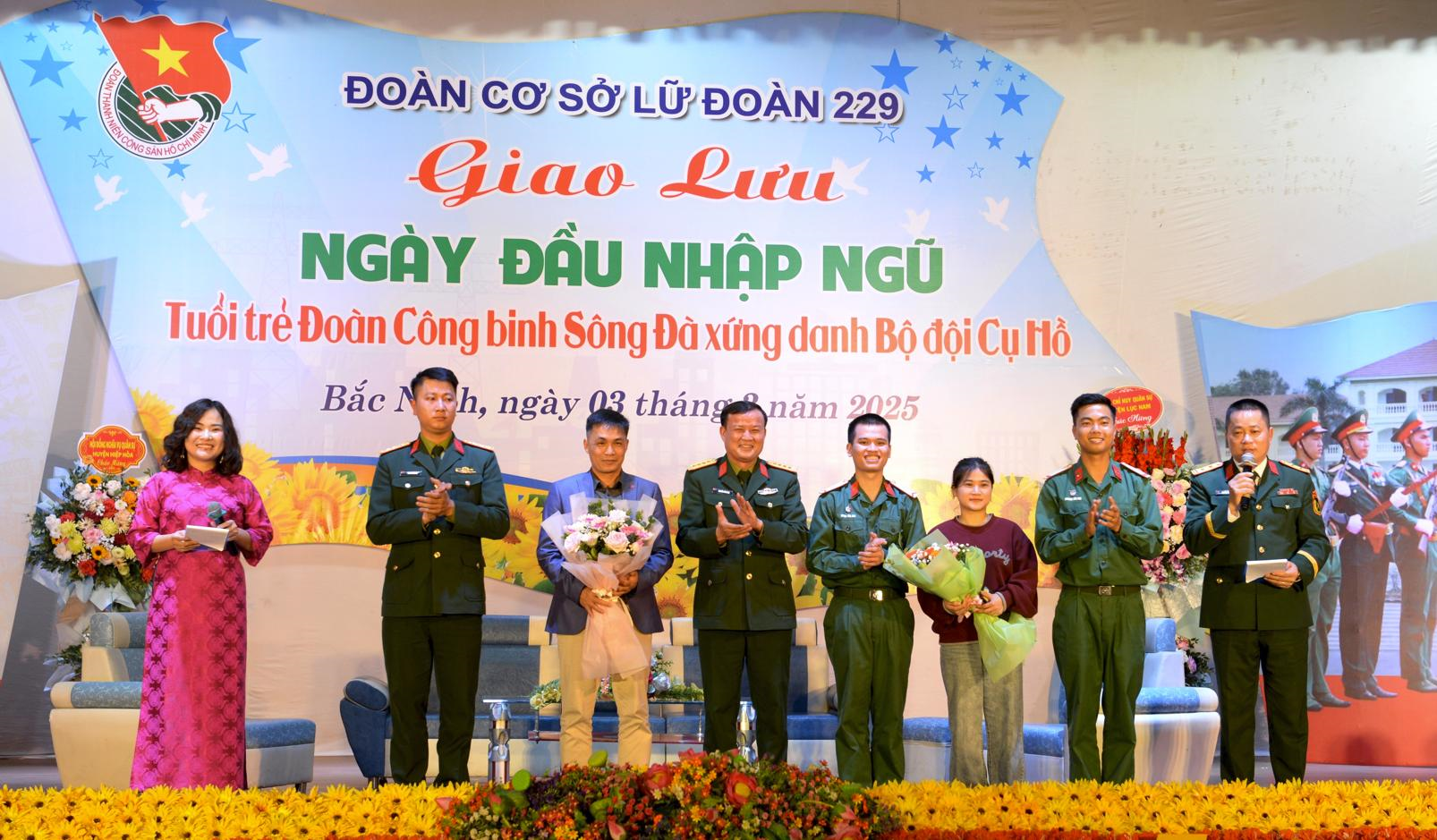
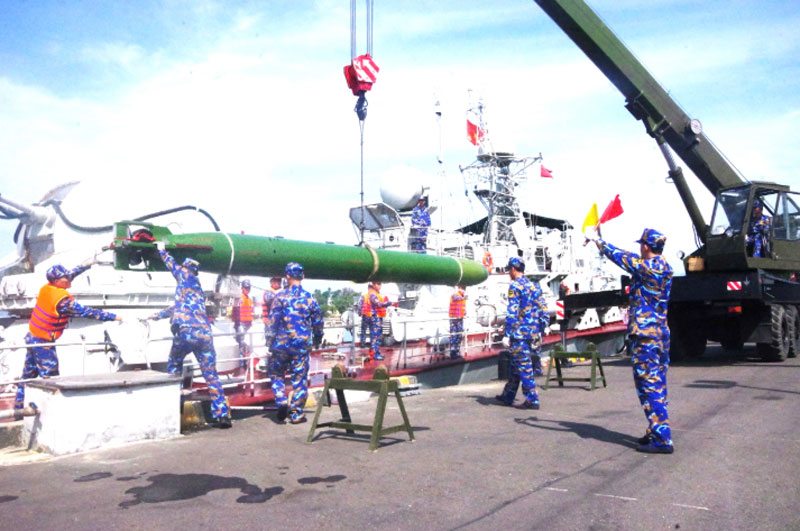
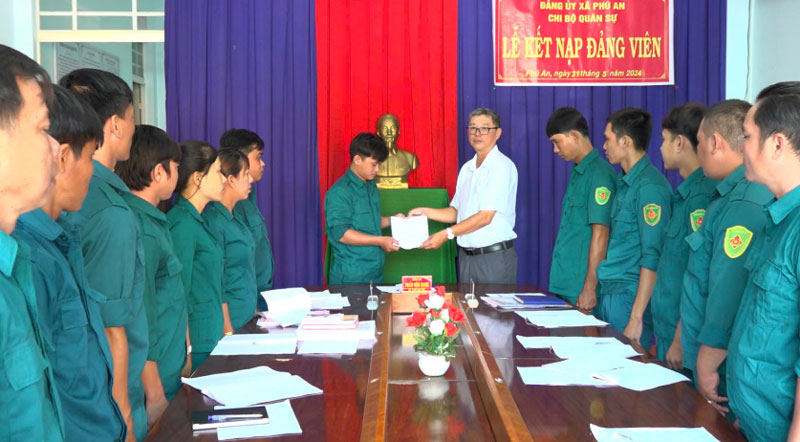
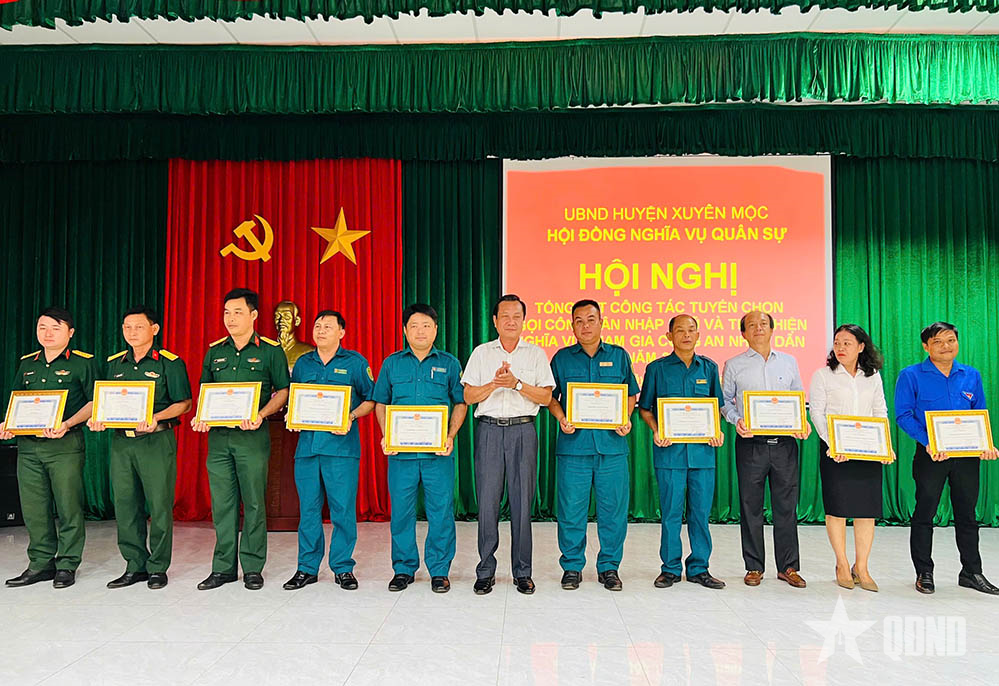
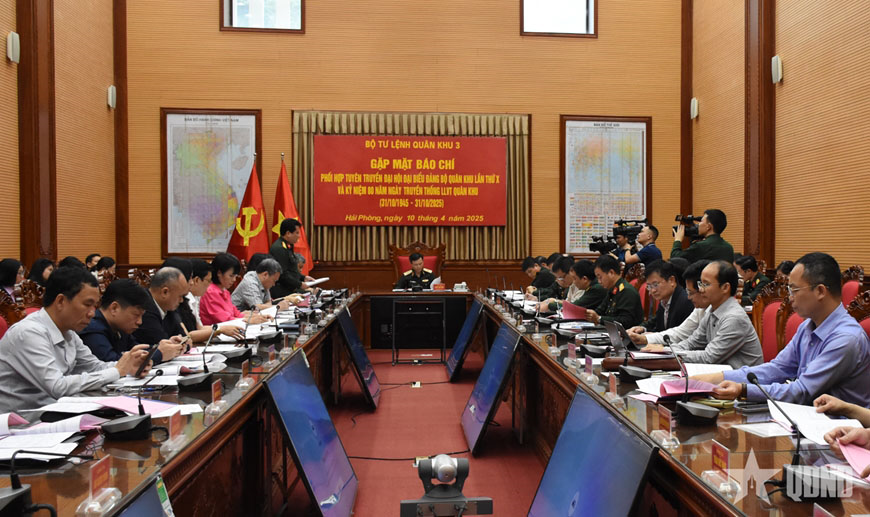
![[Photo] Unique folk games at Chuong Village Festival](https://vstatic.vietnam.vn/vietnam/resource/IMAGE/2025/4/10/cff805a06fdd443b9474c017f98075a4)





































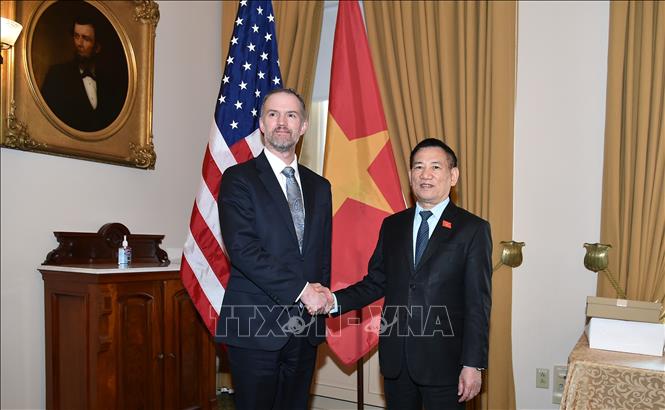


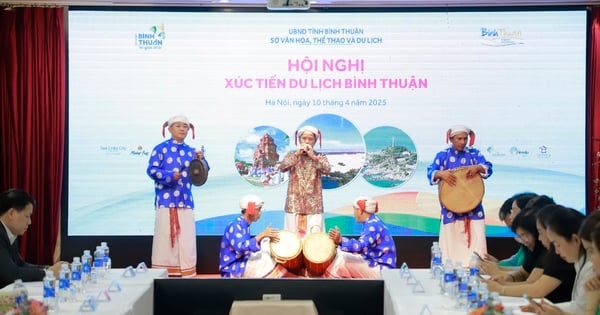







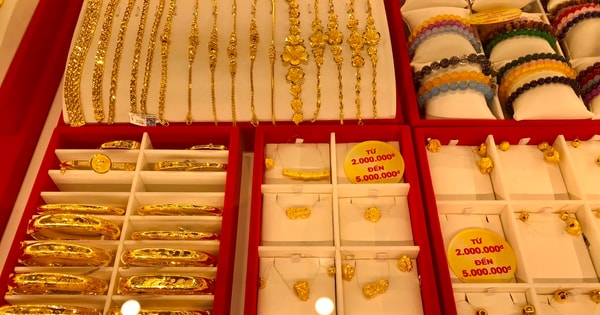

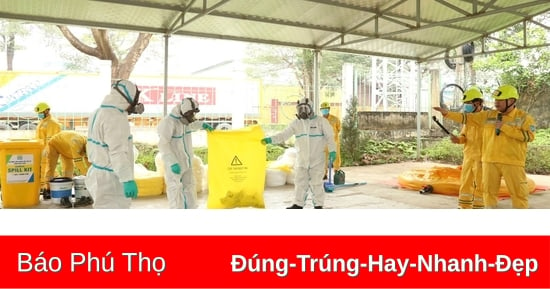

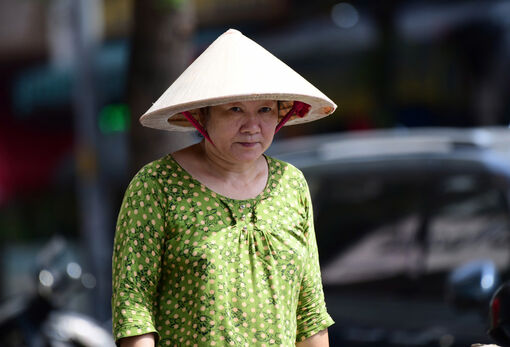

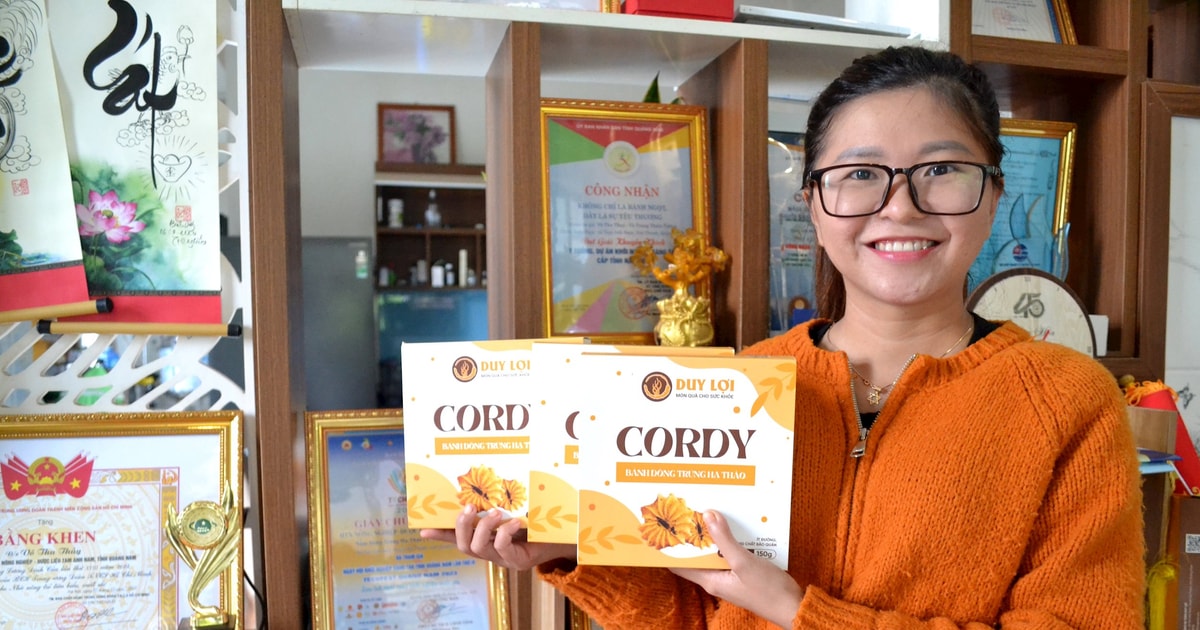

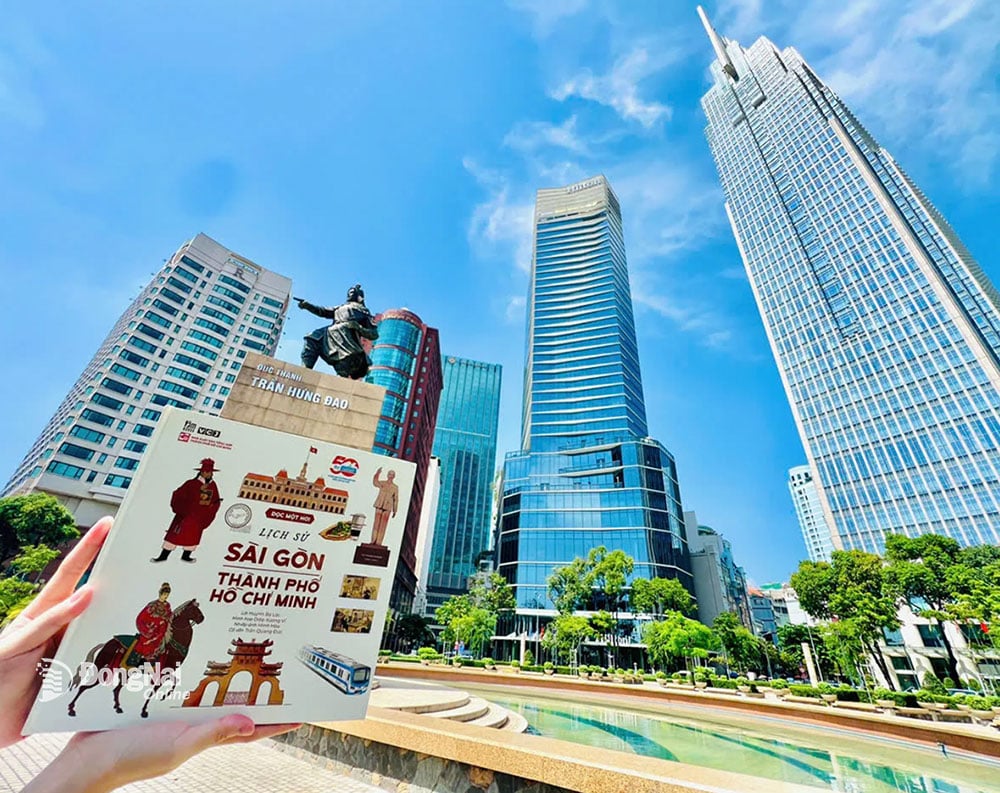









Comment (0)